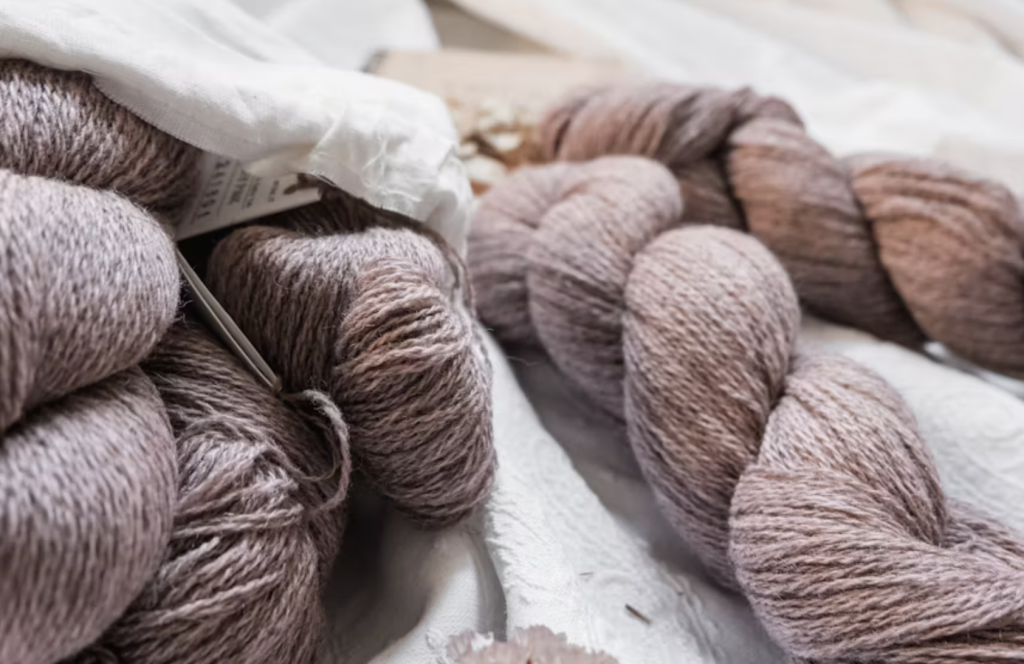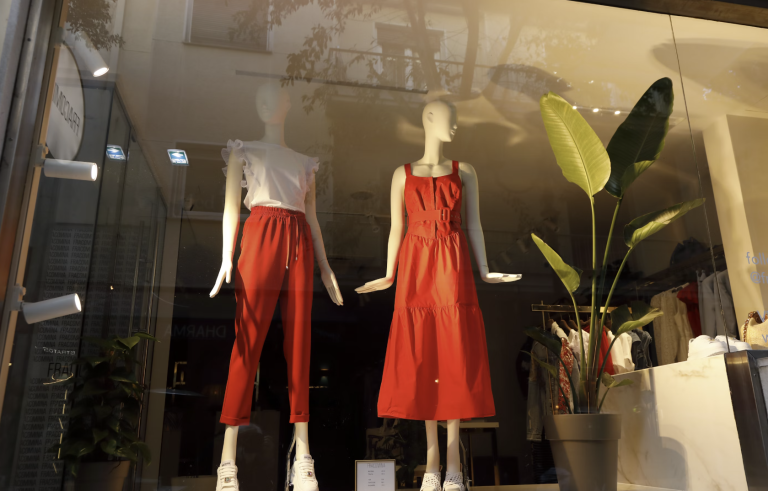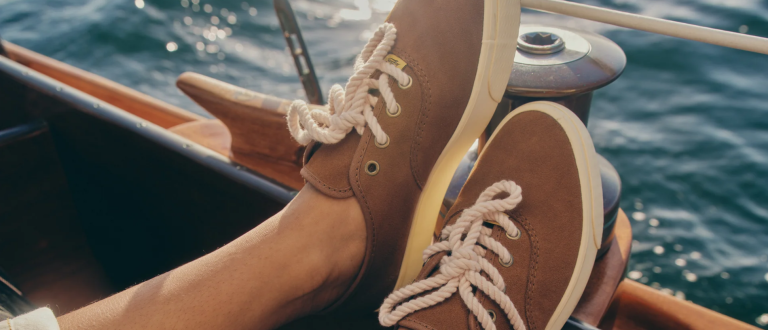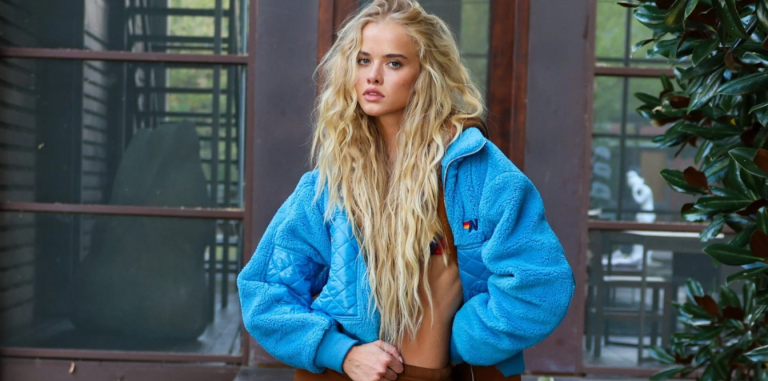
Introduction to Eco-Luxe Fashion
In the age of increasing environmental awareness, the fashion industry has found itself at a crossroads. Enter “eco-luxe”—a term that promises high-end, luxury fashion without the ethical and environmental costs that typically accompany the industry. But can this marriage of eco-consciousness and luxury really live up to the hype, or is it just another clever marketing tool? Let’s dig deeper.
What is ‘Eco-Luxe’ Fashion?
Eco-luxe refers to high-end fashion that integrates sustainability and ethical practices into its production. These garments are often made with eco-friendly materials, such as organic cotton, recycled fabrics, or innovative alternatives like mushroom leather. The defining characteristic of eco-luxe is that it marries the allure of luxury—think high-quality craftsmanship, timeless designs, and exclusivity—with eco-consciousness and ethical standards.
The Appeal of Eco-Luxe
For many consumers, the appeal of eco-luxe lies in the ability to indulge in luxury without the moral dilemmas that come with traditional fashion. As sustainability becomes more important to modern buyers, eco-luxe brands offer a way to enjoy high-end goods while reducing harm to the environment. There’s a psychological satisfaction in knowing that your purchases support responsible production practices and aren’t contributing to the wastefulness and exploitation often associated with fast fashion.
The Rise of Conscious Consumerism
Changing Consumer Behavior
The shift towards eco-luxe fashion is part of a broader trend in conscious consumerism. Today’s consumers are increasingly aware of the environmental and social impacts of their purchases. They want to support brands that reflect their values—ones that prioritize sustainability, ethics, and transparency. This has led to a demand for fashion that not only looks good but also feels good in terms of its ethical footprint.
The Role of Social Media in Shaping Trends
Social media platforms like Instagram and TikTok have played a significant role in shaping the eco-luxe movement. Influencers and activists alike are promoting sustainable luxury brands, highlighting how chic, stylish, and responsible fashion can coexist. The visibility of these brands has made them more appealing to a generation that’s keen to balance personal style with social and environmental responsibility.
Key Features of Eco-Luxe Fashion
Sustainability in Materials
Eco-luxe fashion is often distinguished by the materials used in its creation. Unlike fast fashion, which relies heavily on synthetic fibers and cheap, mass-produced fabrics, eco-luxe brands use sustainable materials like organic cotton, hemp, or Tencel. These materials are often produced with minimal environmental impact, using less water, fewer pesticides, and promoting soil health. Additionally, many brands are turning to recycled fabrics, which helps to reduce the amount of waste sent to landfills.
Ethical Labor Practices
Another hallmark of eco-luxe fashion is a commitment to ethical labor practices. This includes fair wages, safe working conditions, and respect for workers’ rights. Many luxury brands are now auditing their supply chains to ensure that the workers involved in creating their products are treated ethically and fairly.
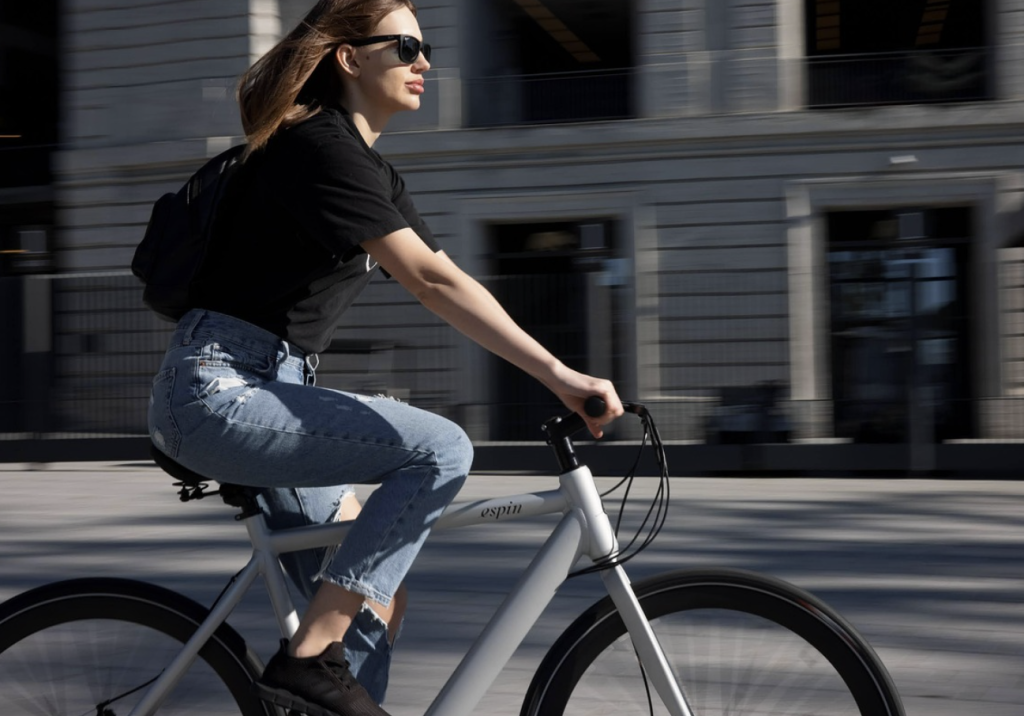
Transparency in the Supply Chain
Transparency has become a key buzzword in the fashion industry. Eco-luxe brands are more likely to disclose information about where their materials come from, how their products are made, and the environmental impact of their production processes. This transparency allows consumers to make informed decisions and ensures that brands are held accountable for their practices.
Is Eco-Luxe Truly Guilt-Free?
The Cost of Eco-Luxe
While eco-luxe fashion promises a guilt-free shopping experience, it’s important to recognize that these products often come with a high price tag. The cost of using sustainable materials, paying fair wages, and maintaining ethical manufacturing practices inevitably raises the final price of the product. For many, this means that eco-luxe fashion is only accessible to those with the financial means to invest in it.
Can Eco-Luxe Brands Be Truly Sustainable?
The answer to this question is complex. While eco-luxe brands are making significant strides in promoting sustainability, there are still concerns about the broader environmental impact of luxury fashion. For example, even luxury brands that use sustainable materials can still contribute to carbon emissions through shipping and production. Additionally, the production of high-quality garments, regardless of the materials used, often requires more energy and resources than mass-produced items.
The Environmental Impact of Eco-Luxe
The Carbon Footprint of Luxury Fashion
Luxury fashion, by nature, is often produced in limited quantities and marketed globally. This creates a significant carbon footprint due to international shipping and the energy required for production. Even if the materials themselves are eco-friendly, the logistical costs can undermine the environmental benefits.
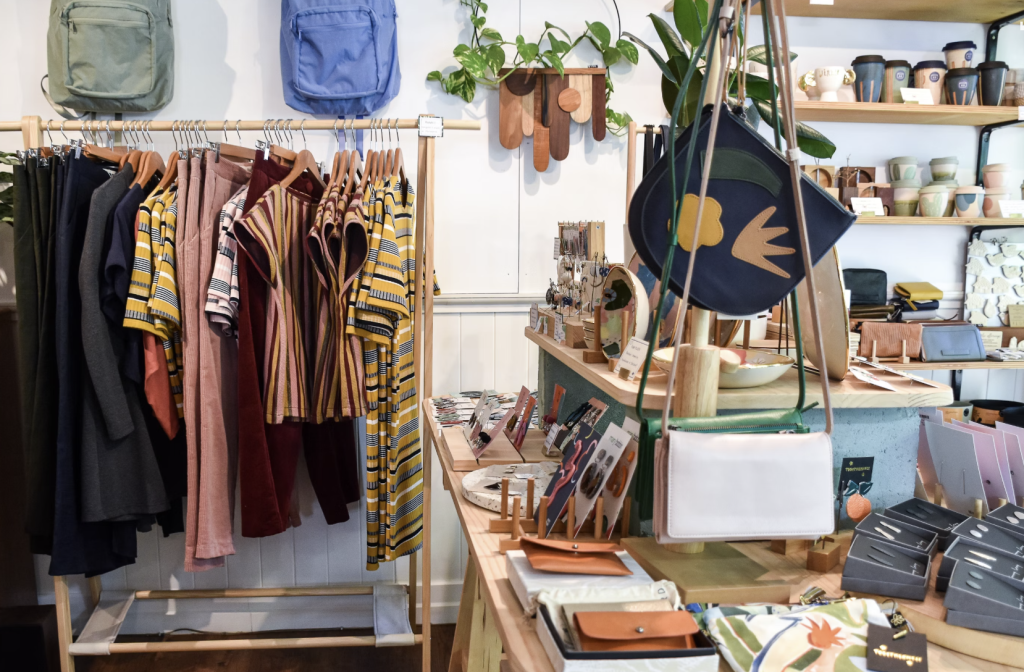
The Water and Waste Factor
Water usage in the fashion industry is another major concern. While eco-luxe brands often use materials that require less water, the manufacturing processes themselves can still be water-intensive. Additionally, the disposal of luxury items—whether they are discarded or recycled—can create significant waste. For example, luxury garments made from synthetic materials might not be biodegradable, leading to long-term environmental consequences.
The Future of Eco-Luxe Fashion
Innovative Technologies in Eco-Luxe Fashion
As technology continues to evolve, the potential for creating even more sustainable and innovative eco-luxe fashion grows. From biodegradable fabrics to zero-waste production methods, the future of eco-luxe looks promising. Designers are experimenting with new techniques that reduce the environmental impact of both materials and manufacturing processes. Innovations like 3D knitting and fabric recycling could revolutionize the way we think about luxury fashion.
How Consumer Demand is Shaping the Future
The demand for sustainable fashion is only going to grow as younger generations become more invested in social and environmental causes. This shift in consumer behavior is pushing more brands to adopt sustainable practices and find creative solutions to reduce their environmental footprint. Eco-luxe may not be entirely guilt-free, but its evolution is undoubtedly moving in the right direction.
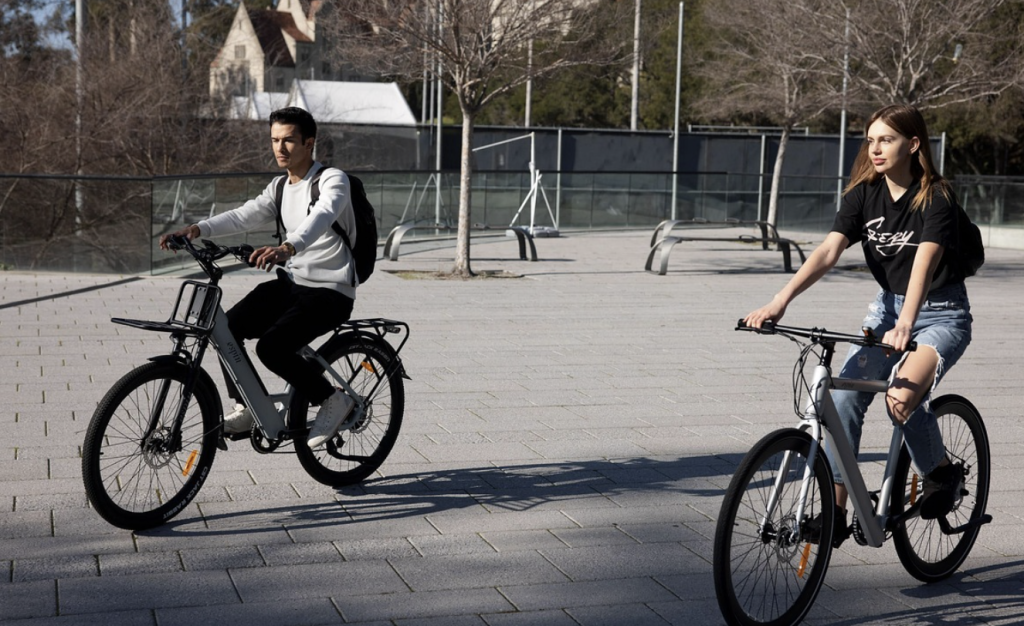
Conclusion: Is Fashion Really Guilt-Free?
The answer to the question, “Can fashion really be guilt-free?” is complicated. While eco-luxe fashion offers an attractive alternative to traditional luxury fashion, it’s important to remember that no product is entirely free of environmental or social impacts. However, the move towards eco-luxe represents a significant step forward in the fashion industry’s efforts to become more sustainable and ethical. By supporting eco-luxe brands, consumers can help drive further change—though the journey to truly guilt-free fashion is still ongoing.
FAQs
1. What makes eco-luxe fashion different from regular luxury fashion?
Eco-luxe fashion integrates sustainable and ethical practices, using eco-friendly materials and ensuring fair labor conditions, whereas traditional luxury fashion often relies on conventional, less sustainable practices.
2. Is eco-luxe fashion more expensive than traditional fashion?
Yes, due to the use of high-quality, sustainable materials and ethical manufacturing processes, eco-luxe fashion tends to have a higher price point.
3. Can eco-luxe fashion ever be truly sustainable?
While eco-luxe brands strive for sustainability, no fashion industry is entirely free from environmental impact, especially in terms of shipping, manufacturing, and waste disposal.
4. How can I identify an eco-luxe brand?
Look for certifications like GOTS (Global Organic Textile Standard), Fair Trade, and B Corp, which indicate a commitment to sustainability and ethical practices.
5. What are the future trends in eco-luxe fashion?
The future of eco-luxe fashion will likely include innovations in fabric technology, waste reduction, and more transparency in supply chains, all driven by consumer demand for sustainability.
